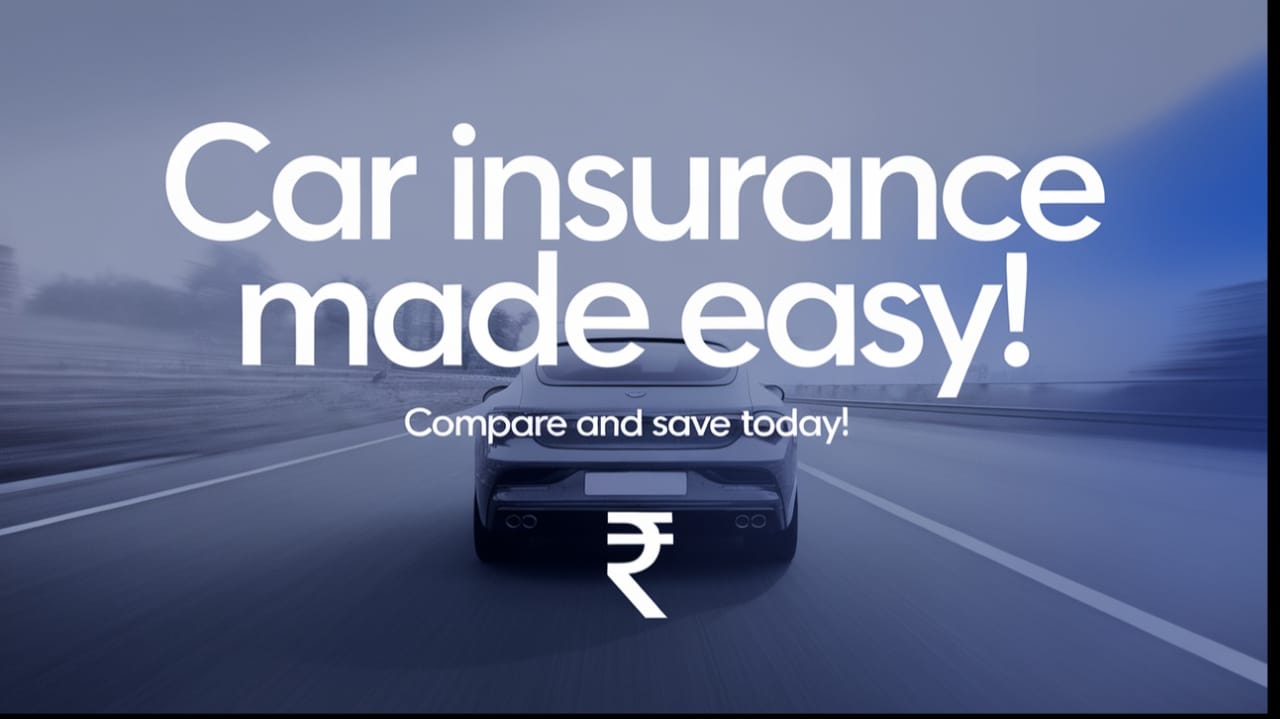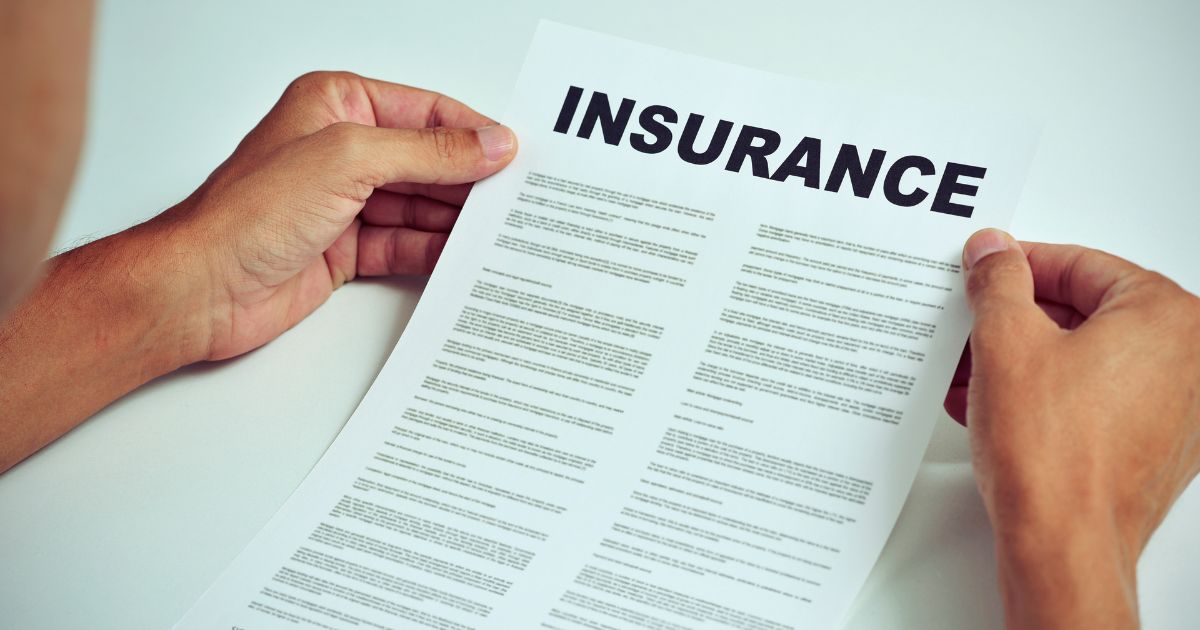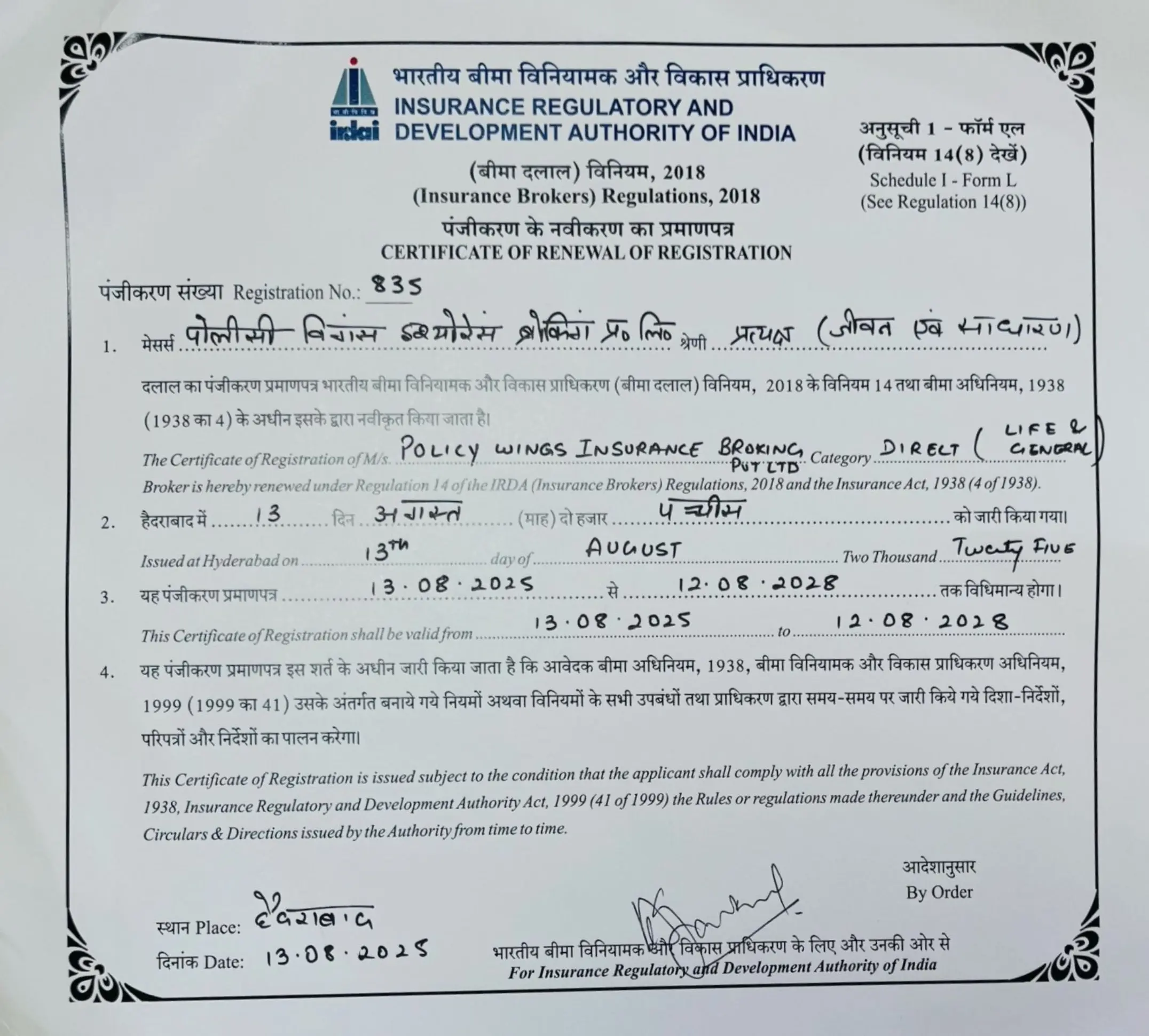Introduction
Liability insurance India and business insurance claims are more than just catchphrases; they have the power to determine whether a business endures or fails in the face of financial or legal danger. Lack of proper liability insurance can have disastrous consequences in India’s changing regulatory environment, ranging from harsh tribunals to astounding compensations.
Why Liability Insurance Is Non-Negotiable in India
Regardless of whether the insured is at fault, liability insurance serves as a financial buffer for companies by paying for court awarded damages, settlements, and legal fees resulting from accidents, property damage, or carelessness. In cases involving hazardous activities, the Indian legal system also enforces strictures like absolute liability, which eliminates the use of defences like mistake, third party fault, or force majeure. The risks are just too great for companies that participate in or support risky activities to be uninsured.
Real Life Illustrations: What Happens Without Coverage
- Medical Career Errors Revealed
An X-ray report from a doctor in Ghaziabad was filled with mistakes, including incorrect gender, age, referral date, and referring physician information. The doctor and her insurer, New India Assurance, were ordered to pay INR 20,000 in compensation and litigation costs each by the District Consumer Disputes Redressal Commission (DCDRC), which declared it a “deficiency in service”. The entire financial and reputational burden of liability would have fallen on the doctor alone if she had not had insurance. - Insurance Boundary Bend: A Transporter’s Nightmare
Four days prior to the expiration of the insurance policy, a truck was stolen. The insurer claimed a settlement had already been reached and only paid INR 5.3 lakh. The DCDRC ordered the insurer to pay the INR 15,949 shortfall plus INR 5,000 for mental distress and required payment of 75% of the Insured Declared Value (IDV) based on Supreme Court precedent. The transporter would lose hundreds of thousands of rupees if they didn’t have insurance. - Tragic Traffic Accident: Compensation for the Family
Under Sections 279 and 304A of the IPC, the negligent tractor driver and Liberty General Insurance Co. shared liability for a fatal accident that occurred in Gurgaon in July 2020. The victim’s family was awarded INR 22.22 lakh plus 9% annual interest. The driver or worse, the victim’s family would be compelled to engage in a drawn-out, potentially fruitless legal battle in the absence of insurer involvement. - A Billion Rupee Claim Is Awaiting in the Aviation Disaster
Over 240 people were killed in the Air India Boeing 787 Dreamliner crash near Ahmedabad, which could result in insurance claims totalling more than INR 1,000 crore, which would be the largest aviation insurance payout in Indian history. Experts caution that both Boeing and Air India might be held “unlimited” liable under international aviation law, which would be far more than the usual policy limits, if negligence is proven. Corporate reserves would be dwarfed by the financial consequences of inadequate liability coverage.
Legal & Regulatory Landscape: The Why Behind the What
- The Public Liability Insurance Act of 1991 requires operators of hazardous industries to carry public liability insurance.
- Policies pertaining to directors and officers (D&O), employer’s liability, product liability, professional indemnity, and cyber liability are becoming more and more important in a variety of sectors, including corporate governance, IT, healthcare, and manufacturing.
- The market for insurance is expanding quickly. Liability insurance premiums increased by almost 15% between 2013-14 and 2022-23, and INR 1,137 crore in claims were paid.
Legal Strategy & Takeaways
- With the appropriate combination of sector-specific policies, such as public, professional, product, D&O, or cyber liability, you can avoid liability expenses.
- Legally anchored: Certain liability policies, like public liability, are statutory, so compliance is not optional. Others protect international collaborations, vendor contracts, and tender eligibility.
- Make good use of precedent: Even when procedural problems occur, expected payouts are guided by cases such as National Insurance Co. vs. Nitin Khandelwal.
- Catastrophic risk equals to uninsured exposure The financial and reputational harm is rarely contained, whether it is due to transport theft, industrial disasters, or professional errors.
Conclusion: Liability insurance is more than just caution in India; It’s preservation.
Every example, from court rulings to significant insurance claims, demonstrates how liability insurance in India is a lifeline rather than an expense. Accountability is strengthened by regulations, and actual court decisions demonstrate that not having insurance can lead to financial ruin. Liability coverage is not only wise, but necessary for businesses to succeed, particularly in high risk, regulated, or public facing industries.







